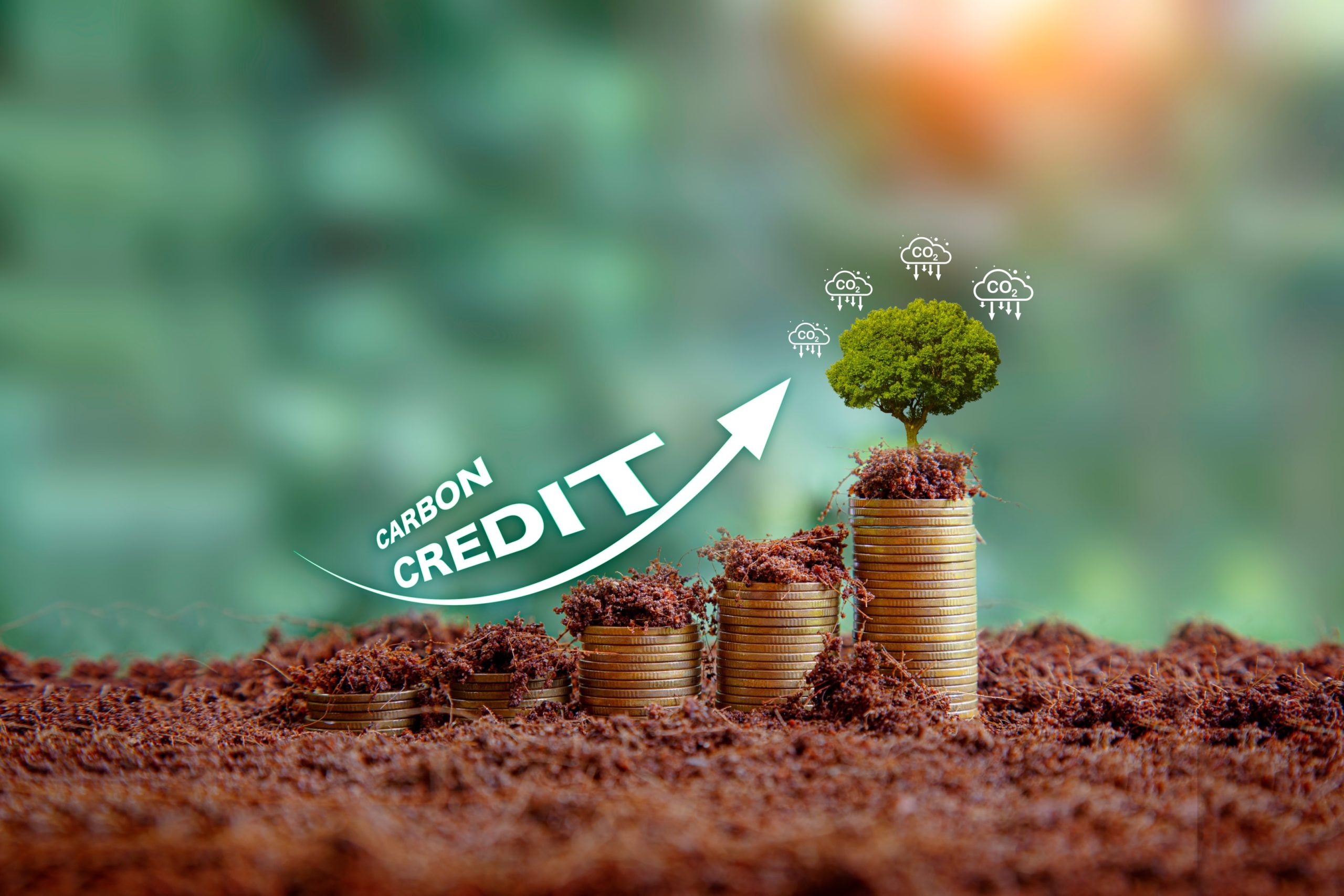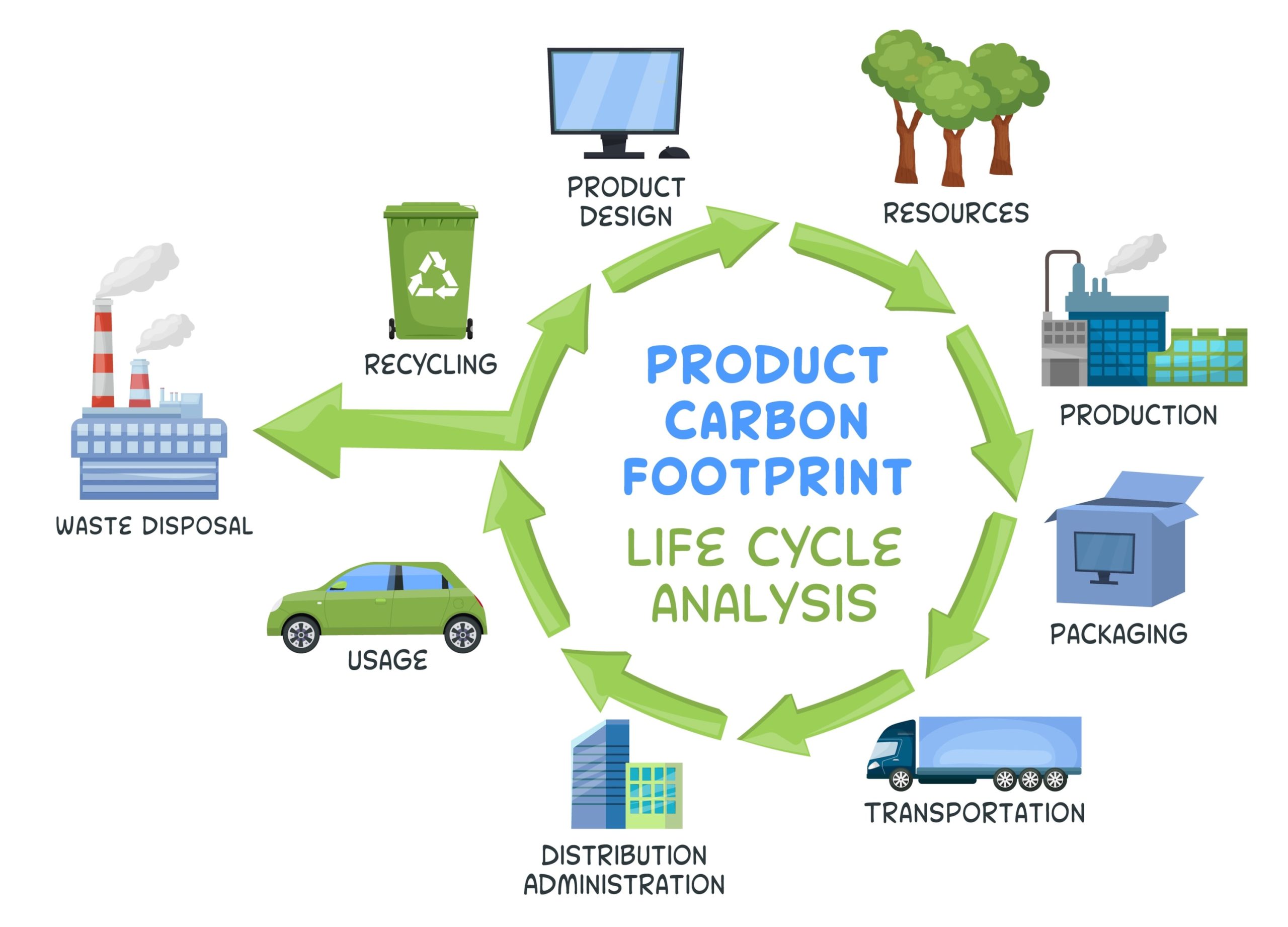Understanding Carbon Credits

What are carbon credits and how do they offset greenhouse gas emissions?
Carbon credits are a way to compensate for greenhouse gas emissions by investing in projects that reduce emissions elsewhere. Calculating how much carbon is emitted is crucial for understanding the impact and potential for offsetting through carbon credits. To achieve this, many individuals and businesses choose to buy carbon credits UK, as each credit represents one tonne of CO2 equivalent emissions reduced or removed from the planet and atmosphere. Offsetting carbon emissions by purchasing these credits helps achieve net zero emissions and combat climate change.
Choosing a Carbon Standard
Woodland Carbon Code: A UK-based standard for carbon credits
The Woodland Carbon Code is a UK government-backed standard specifically designed for woodland creation projects. This standard ensures that projects meet high standards for carbon sequestration, biodiversity enhancement, and ecosystem services.
By adhering to the Woodland Carbon Code, projects guarantee that the carbon credits generated are real, measurable, and provide substantial environmental benefits.
Another reputable standard is the Gold Standard, which certifies projects that reduce greenhouse gas emissions and contribute to sustainable development. Projects under the Gold Standard are thoroughly vetted to ensure they deliver additional, verifiable, and permanent emissions reductions, often with co-benefits such as community development and biodiversity conservation.
When choosing a carbon standard, it’s crucial to select one that aligns with your sustainability goals and guarantees the integrity, quantity and impact of your carbon credits. Keywords: Woodland Carbon Code, UK carbon credits, Gold Standard, carbon sequestration, biodiversity, ecosystem services.
Calculating Your Carbon Footprint

How to measure your greenhouse gas emissions
Calculating your carbon footprint is the first step in developing an effective carbon reduction strategy. Tools like the UK Government’s carbon calculator or the WWF’s carbon footprint calculator can help you quantify your greenhouse gas emissions.
These calculators typically assess emissions from various sources such as energy consumption, transportation, and waste generation.
Once you have an estimate of your carbon footprint, identify areas where you can reduce emissions. Implementing energy efficiency measures, switching to renewable energy sources, and optimizing transportation logistics are effective ways to lower your carbon footprint.
For the remaining emissions that are challenging to eliminate, purchasing carbon credits can offset your impact. Science-based targets can guide your reduction strategy, ensuring your efforts align with global climate goals. Keywords: carbon footprint, greenhouse gas emissions, UK carbon calculator, WWF carbon calculator, emissions reduction, science-based targets.
Selecting a Project
Evaluating projects to offset your carbon emissions
When selecting a project to offset your carbon emissions, it’s essential to find ones that align with your values and sustainability goals. Projects such as reforestation, renewable energy, and energy efficiency offer different benefits and impacts.
Reforestation projects of trees, for example, provide permanent removal of CO2 from the atmosphere, while renewable energy projects reduce the need for fossil fuels.
Evaluate project developers by reviewing their track record of delivering high-quality projects. Look for certifications from reputable standards like the Woodland Carbon Code or the Gold Standard. These certifications ensure that the projects are independently verified and meet rigorous criteria for emissions reductions and sustainable development.
By carefully selecting projects, you can ensure that your investment in carbon credits leads to tangible environmental benefits and aligns with your corporate social responsibility goals. Keywords: carbon offset projects, reforestation, renewable energy, energy efficiency, project evaluation, cost out, sustainability goals.
Buying Carbon Credits
A step-by-step guide to purchasing carbon credits
Purchasing carbon credits involves several steps to ensure that you buy high-quality credits that effectively offset your emissions. First, decide whether to buy Pending Issuance Units (PIUs) or Woodland Carbon Units (WCUs). PIUs represent future carbon sequestration and are converted to WCUs once the carbon is sequestered. WCUs represent carbon that has already been sequestered and verified.
Next, open an account on the UK Land Carbon Registry to manage your purchased carbon units. This registry tracks ownership and ensures transparency in the trading of carbon credits. Contact a project developer to discuss purchasing units and agree on a price. Ensure that the carbon units you purchase are verified and validated to guarantee their environmental impact.
Once you receive your carbon units, you can retire them to offset your emissions or trade them in the carbon market. By following these steps, you can effectively use carbon credits to achieve your sustainability goals and contribute to global climate action. Keywords: buying carbon credits, Pending Issuance Units, Woodland Carbon Units, UK Land Carbon Registry, carbon offset, carbon market.
The he process of buying carbon credits in the UK involves choosing the right carbon standard, accurately calculating your business’ carbon footprint, selecting high-quality offset projects, and following a structured approach to purchasing credits. By adhering to these guidelines, you can ensure that your investment in carbon credits leads to meaningful environmental benefits and helps you achieve your carbon neutrality goals.
Verifying and Validating Your Credits
Ensuring authenticity and transparency in carbon credits
Verify that your carbon credits are issued by a recognized standard like the Woodland Carbon Code. This ensures that projects meet high standards for carbon sequestration and biodiversity. Validate your credits by checking their registration on a public registry such as the UK Land Carbon Registry.
This transparency helps prevent double-counting or reselling of credits sold, maintaining the integrity of your investment.
Benefits of Carbon Credits

How buying carbon credits can help reduce your carbon footprint
Buying carbon credits allows you to offset your carbon emissions, contributing to a carbon-neutral future.
Support projects that reduce greenhouse gases and promote sustainable development. This not only helps the environment but also enhances your reputation, showing your commitment to climate action.
Conclusion
Taking action towards a carbon neutral future with carbon credits
Buying carbon credits is a key step in reducing your carbon footprint and achieving net-zero emissions. Following this guide ensures your credits are authentic and effective in combating climate change.
Take action now and join the movement towards a carbon-neutral future. Keywords: carbon credits, carbon-neutral, net-zero emissions, climate change.
By following these steps and guidance, you can navigate the carbon credit market effectively, ensure the credibility of your investments, and contribute to global efforts to reduce carbon emissions.
